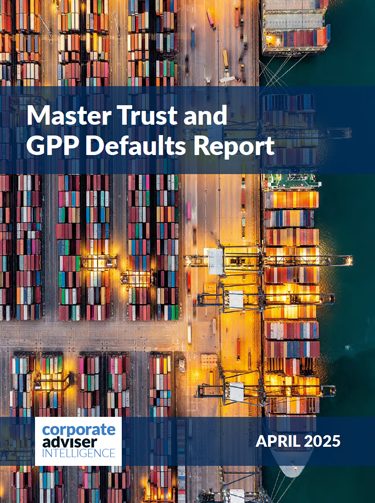Defined contribution (DC) pension savers have seen their retirement prospects improve over the past six years, according to the Aon UK DC Tracker, which rose by 12.6 points from 2019 to the end of 2024.
Strong investment returns and a higher state pension boosted savers’ expected incomes, proving that DC pensions can perform well even amid challenges like the pandemic, inflation, and global uncertainty.
But there were two periods where expected retirement outcomes fell and this was because the PLSA Retirement Living Standards were updated to reflect higher living costs, which were rising faster than inflation. This meant savers saw a temporary dip in their outlooks as they needed more money to maintain the same lifestyle in retirement.
The data shows that age influences retirement outcomes, as a 50-year-old saw their income rise by £18,000 due to a larger pension pot and more time for growth, while a 30-year-old’s income increased by £8,500 but their score dropped as rising living costs outpaced their gains. Younger savers face more uncertainty about their future because they rely solely on DC savings, unlike older savers who may have additional income from pensions or property.
The oldest savers, those who reached state pension age in 2024, saw their expected income increase from £16,500 to £22,800, mostly due to a £3,000 rise in the state pension, but their overall situation remained steady as smaller pots offered limited growth potential.
Meanwhile, younger savers are more impacted by market fluctuations and have fewer years to build their savings, while older savers typically have a more stable financial foundation from additional income sources like pensions or property.
Additionally, retirement incomes have risen, but varying access to financial support and the high cost of living means savers are at different readiness levels. Pension dashboards will help track savings, but many will need guidance to plan effectively.
The Aon Tracker tracks the same group of savers over time, offering a clearer view of how they’ve progressed and how market changes have affected their retirement outcomes.
Aon partner and head of UK retirement policy Matthew Arends says: “With the impending introduction of pension dashboards, pension savings are going to be more visible than ever before. However, many DC savers will need education and support to make the most of this additional visibility. As the Tracker shows, inflation will substantially affect a saver’s standard of living even as their fund has grown in value – and they may think they are better off ‘on paper’ when the reality is different.
“When looked at in isolation, the last six years have shown that while overall progress was not derailed, there have been significant rises and falls in expected retirement outcomes. For DC savers, navigating these shocks has become the new normal.
“Rather than having the confidence to invest for the future and benefit from compounding investment returns over the long term, younger savers especially may be put off contributing if they see their pots fall in value. Predictability of retirement outcomes is an unsolved problem that the pension industry needs to address over the coming years, or savers – particularly younger ones – may conclude that it’s preferable to opt-out of pensions saving.
“Navigating market volatility doesn’t just apply to DC savers in the run up to retiring, as the impacts will also be felt throughout the years for DC savers opting to remain invested through retirement and draw income retirement as needed. With more options than ever around how members access their DC funds at and through retirement, the majority of pension savers will need support to ensure they are making the right decisions for their own circumstances when they come to retire.”





